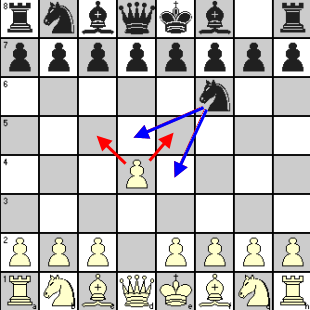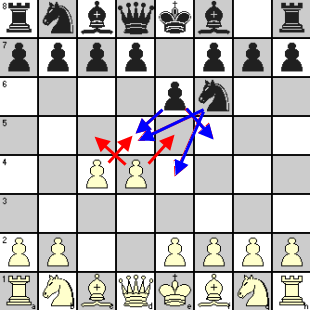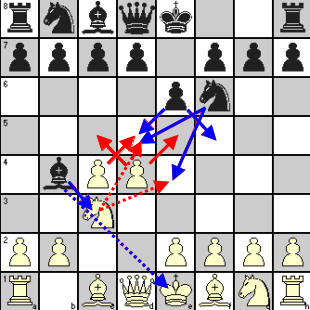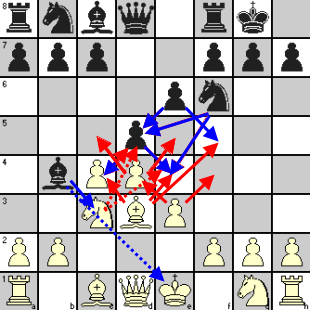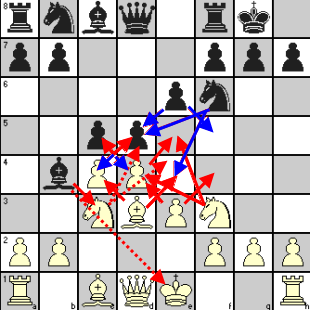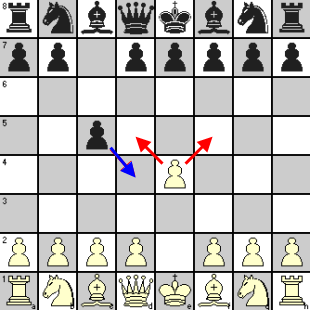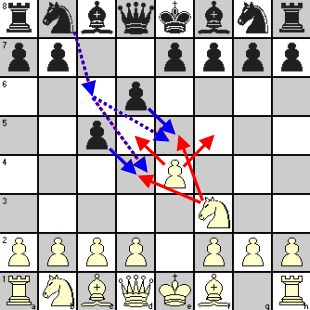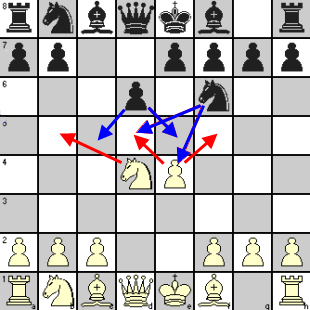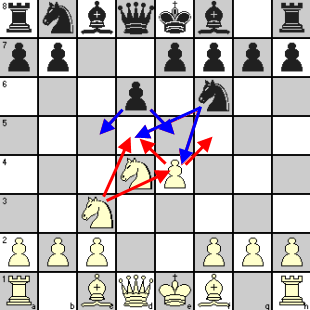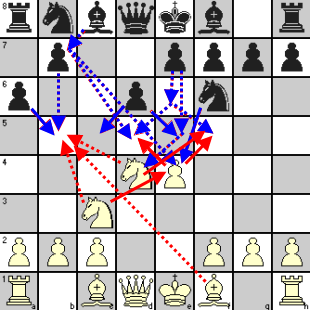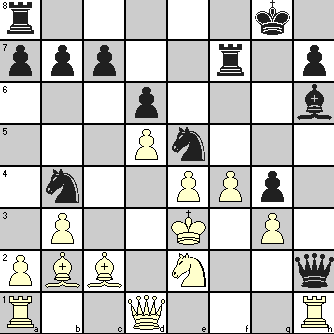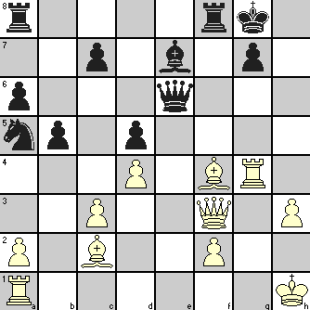In continuation of Chess Opening: Control of Center to show how different openings aim to control the center squares, we now examine the opening strategy behind Queen’s Gambit Declined. This opening has been considered as one of the most reliable defenses of Black against White’s d4. The position reached by the moves described here can be achieved through many other sequence of moves. All these QGD openings are covered under ECO codes D30-D69 and all aim to create a foothold in the center by advancing pawns or using pieces while developing them.
The main idea for White is to offer a gambit of QBP as a temporary sacrifice, which weakens Black’s hold on the center whereas Black declines this offer and goes for a solid build-up. His pawn move e6 helps in this and facilitates the development of his KB but has the disadvantage of blocking his QB, the freeing of which remains a headache for Black.
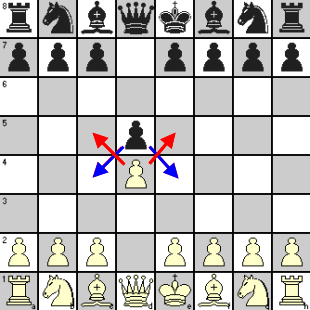 |
||||
| 1. | d4 | d5 | White takes control of the central square e5 and semi-central c5. Black does same for e4 and c4. |
|
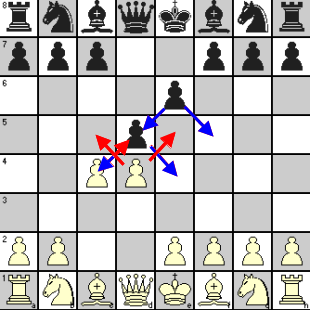 |
||||
| 2. | c4 | e6 | White offers a pawn but this sacrifice is only temporary as White can recapture the Black pawn soon. This gambit and refusal by Black to accept it gives the name to this opening. Black just continues to strengthen his center position. |
|
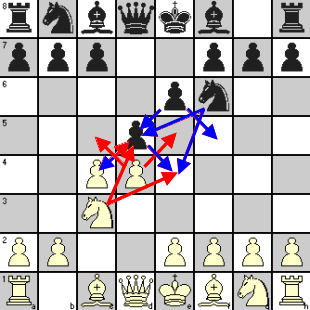 |
||||
| 3. | Nc3 | Nf6 | The development of these Knights cancels out each other’s influence on e4 and d5 squares to maintain status quo at center. |
|
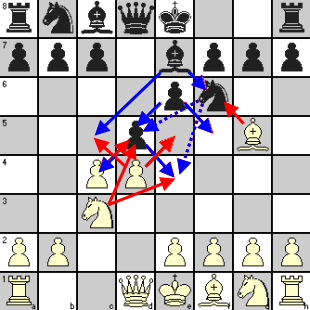 |
||||
| 4. | Bg5 | Be7 | White creates an indirect pressure on e4 and c5 by pinning Black’s KN and nullifying the Knight’s influence on the center. Black simply removes the pin while developing his KB and clearing the way for castling. |
|
| 5. | e3 | 0-0 | White goes for strengthening his center and opening the lines for developing his KB. Black takes this opportune moment to safeguard his King. |
|
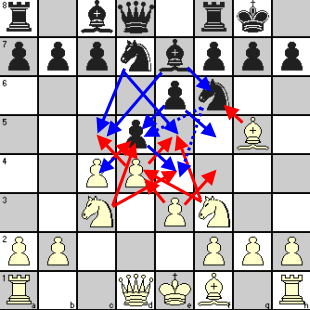 |
||||
| 6. | Nf3 | Nbd7 | These create pressure and counter-pressure on e5 square. Additionally, White Knight supports d4 pawn and the QB and Black QN supports KN and the c5 square. White should remain aware that his QB is in the firing line of Black’s KB and Queen. |
|
White will try to take advantage of the inactive QB while Black has to find a way to activate it or exchange it to free his position. One way to free the QB is to push KP to e5 but Black first needs to exchange his QP to avoid its getting isolated. Other alternative is to bring it out via b7 after playing b6, but it becomes essential to play c5 to maintain a balance at center.
Black usually refrains from exchanging his QP with White’s QBP as it surrenders the center, but can do so when he gets some advantage out of it like gaining a tempo in attacking White’s KB if it moves to d3. Black also uses pawn move c5 to attack White’s center. After an exchange of Black’s QP and White’s QBP, White gets a majority in the center While Black gets a Queenside pawn majority and each player tries to utilize the respective advantages to launch their attacks.
